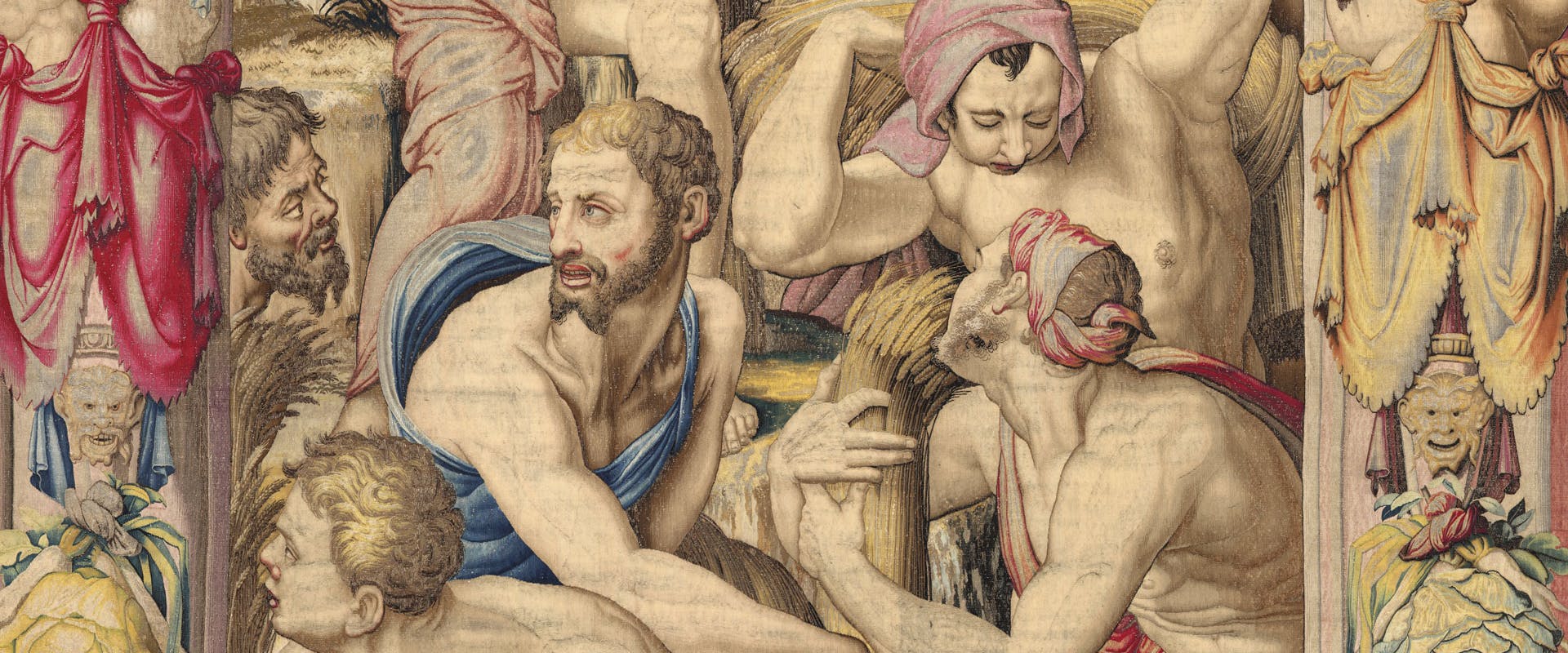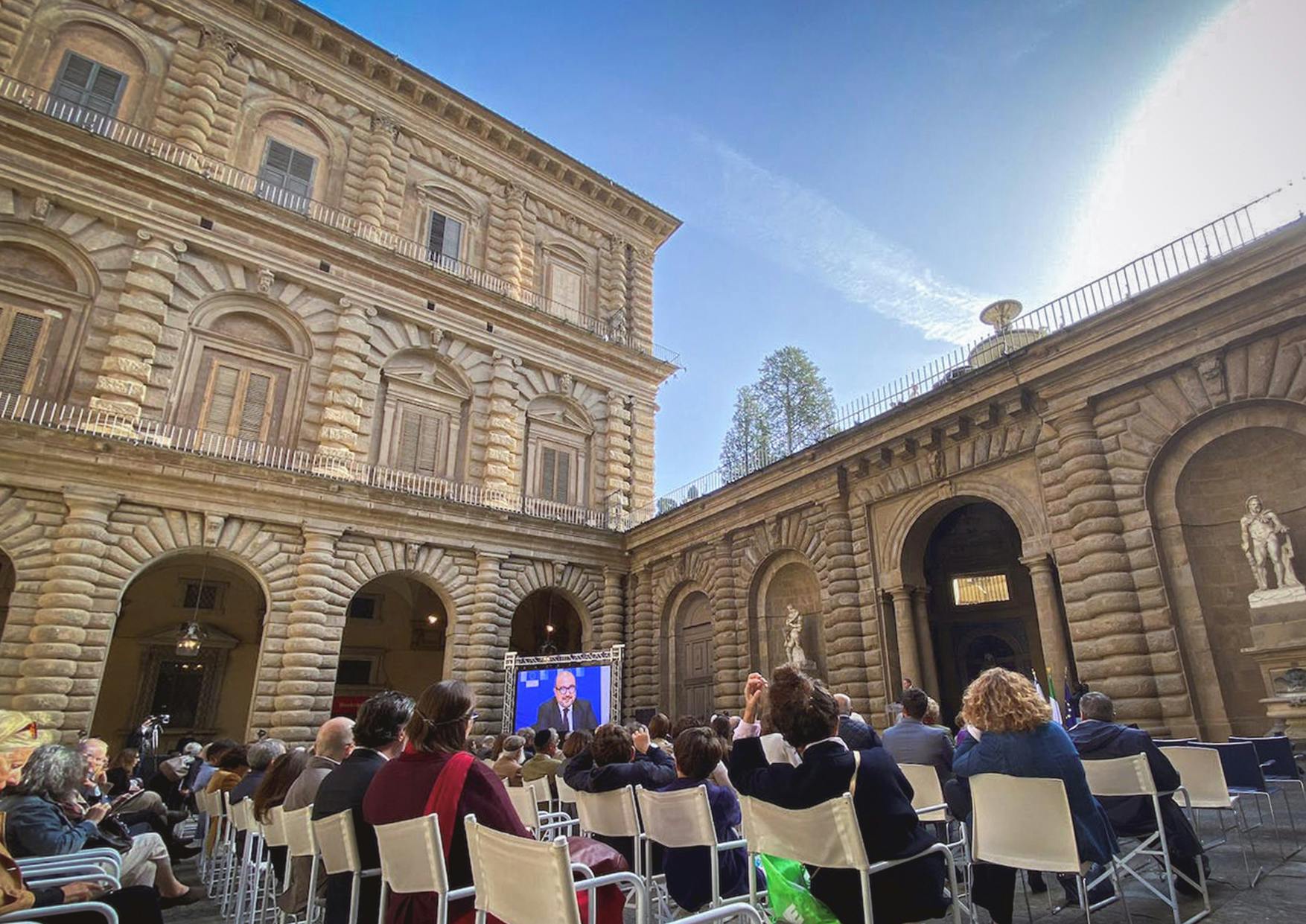The Jews, the Medici and the ghetto of Florence
The history of the ghetto of Florence on display at Pitti Palace
The history of the Jewish ghetto of Florence, which existed in the city between the sixteenth and nineteenth centuries, becomes an exhibition organized by the Uffizi Galleries and arranged in the Gallery of Modern Art of Pitti Palace. Curated by Piergabriele Mancuso, Alice S. Legé and Sefy Hendler (The Medici Archive Project), the exhibition can be visited until January 28, 2024.
The ghetto of Florence was established in 1570 by Cosimo I and Carlo Pitti, and was demolished between 1892 and 1895. For almost three centuries the ghetto was the gravity point of Hebraism in Florence.
Subdivided into five sections,the exhibition draws from the extraordinary cultural heritage of Florence as well as from important international loans. It reveals a significant and forgotten chapter of the Medici's political strategy in a centuries-old context of conflicts, diplomacy and cultural exchanges.
The exhibition starts with the Florence of Cosimo the Elder and Lorenzo the Magnificent; illuminated manuscripts commissioned by Jewish and Medici patrons, which was the result of the interaction between Jewish scribes and Christian artists of the early Tuscan Renaissance; loans from the Jewish Theological Seminary of New York and many Italian libraries. Republican and Medicean imagery intertwine in the depiction of paradigmatic biblical figures, "Jewish heroes" such as Donatello's bronze David (on loan from the Berlin Museums), or Joseph from the series of tapestries woven in Flanders for Cosimo I. The exhibition places mythical figures alongside real ones, revealing little-known pieces of the history of Florentine Judaism, such as the activity of the explorer Moisè Vita Cafsuto or that of the Jewish painter Jona Ostiglio, whose pantings were all commissioned by the Medici court, together with the self-portrait of Isaia or David Tedesco, a little-known author who was probably a pupil of Ostiglio in the first ever art workshop inside an Italian ghetto.
A place of segregation, but also the fulcrum of an important human, cultural and spiritual microcosm, the ghetto of Florence is also reconstructed through a three-dimensional model, the result of a decade of research conducted by the Eugene Grant Jewish History Program of The Medici Archive Project.
Caring about the multiplicity of audiences and the need to break down prejudices and stereotypes, the exhibition investigates the way in which the history of the Grand Duchy is intertwined with that of the Jewish minority, finally shedding light on the events of an important and so far little known chapter of the Renaissance Florence.

